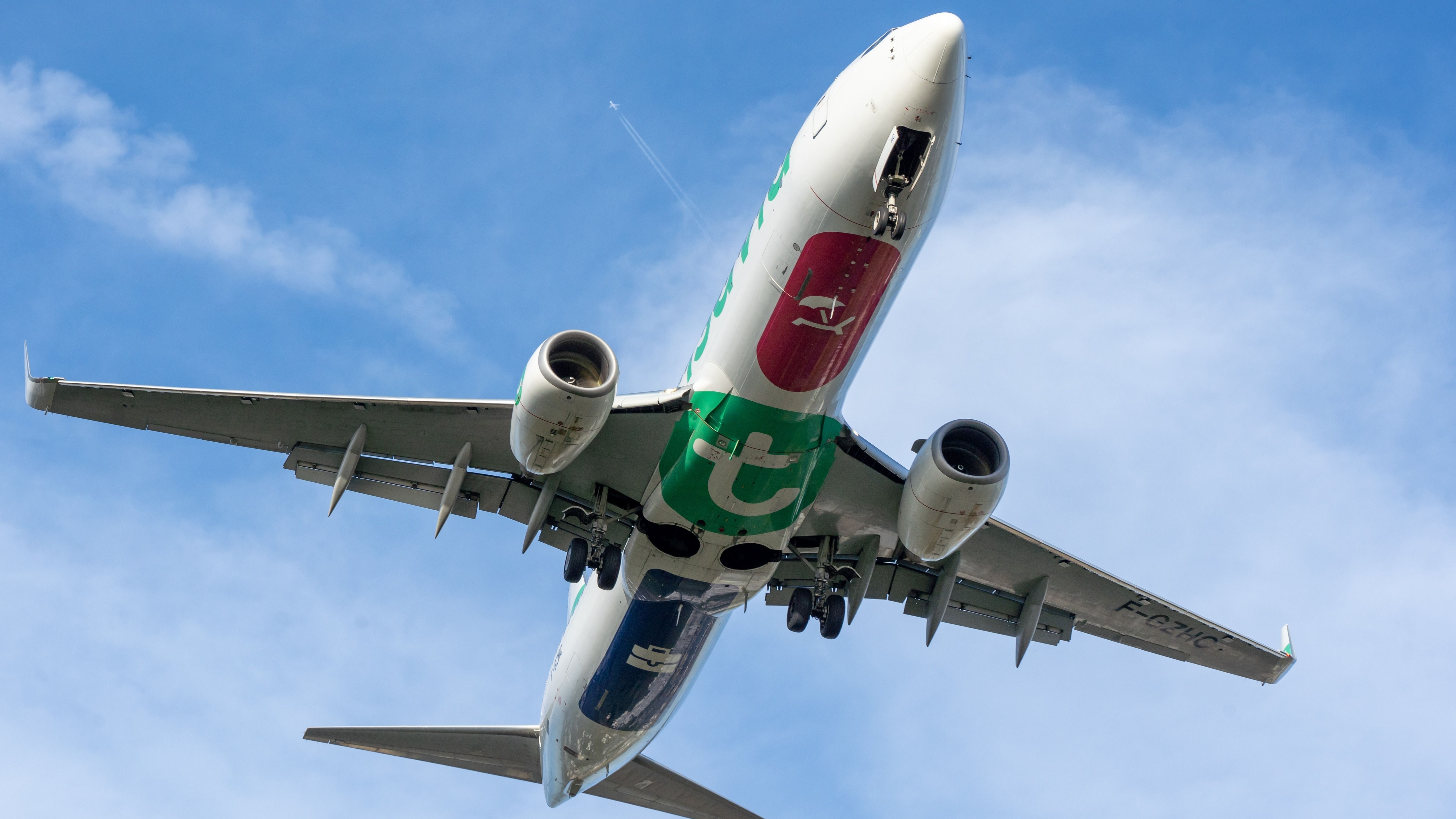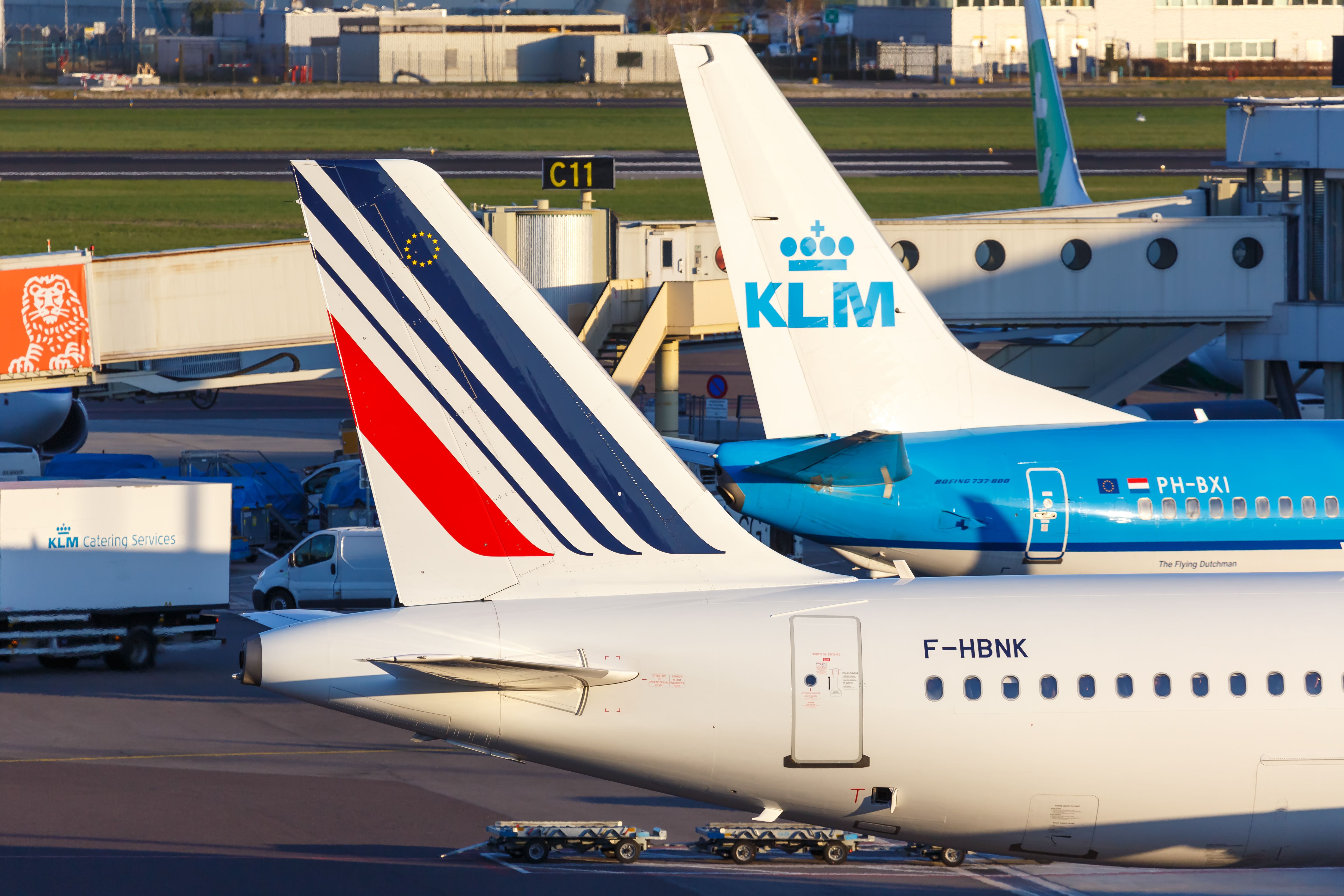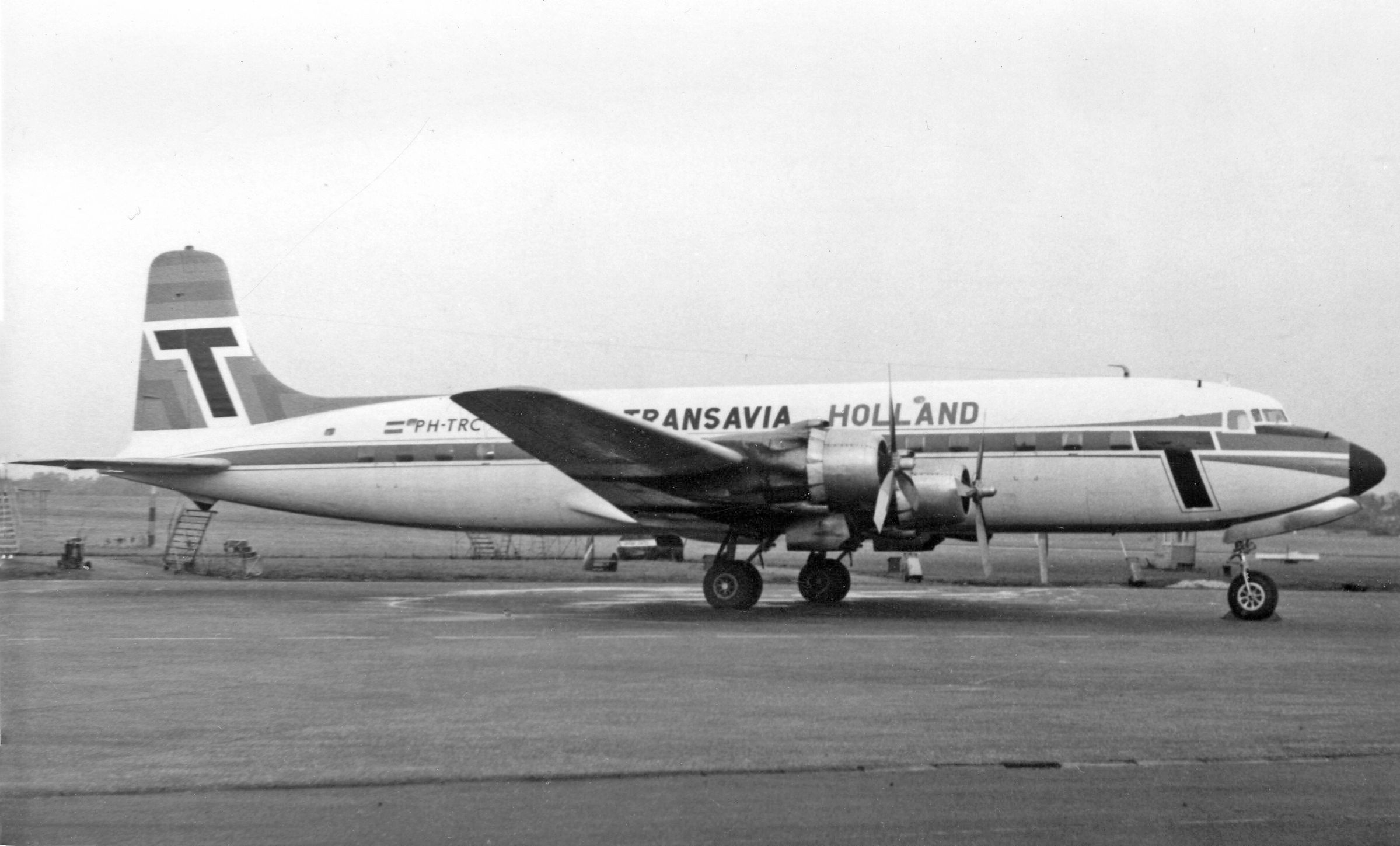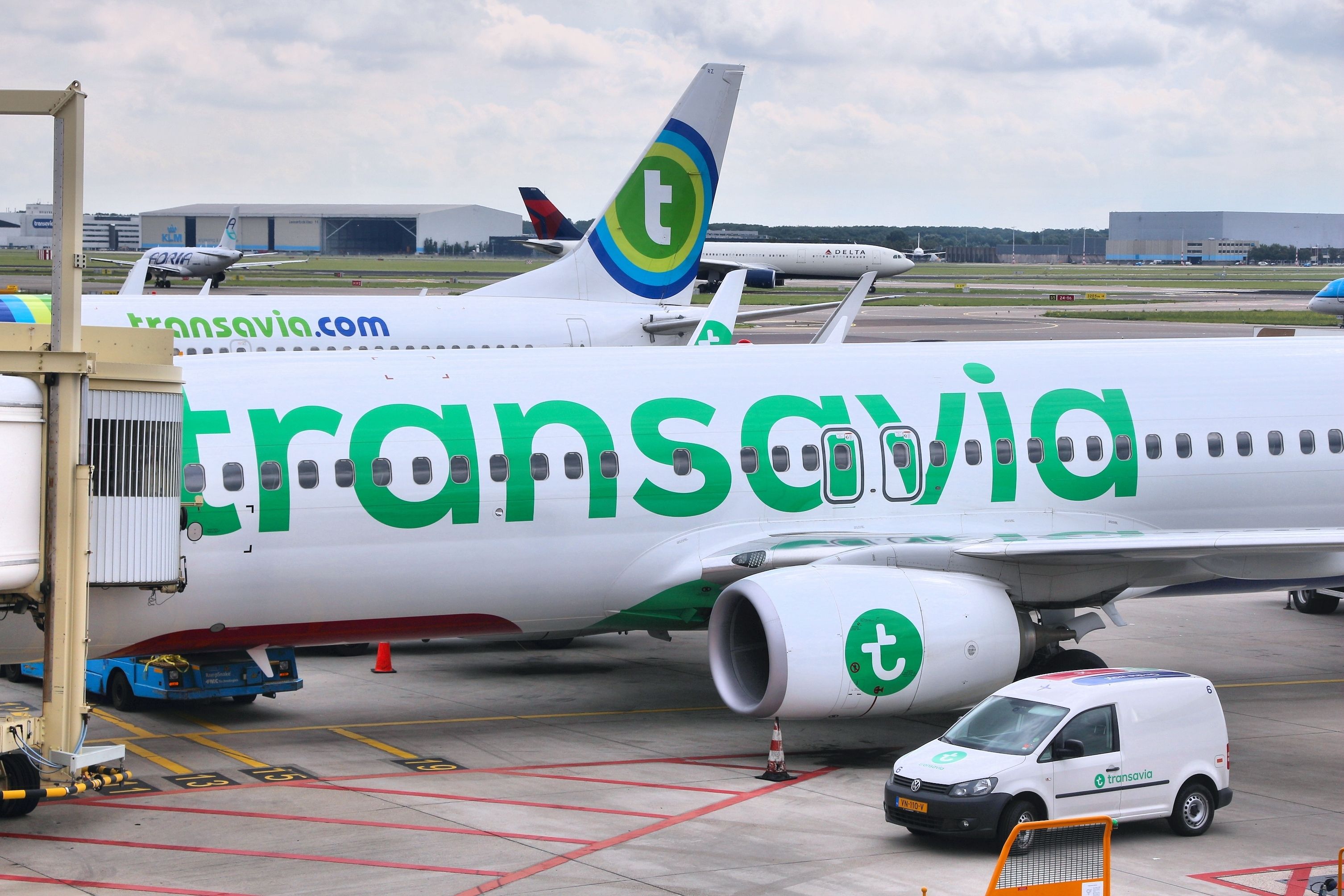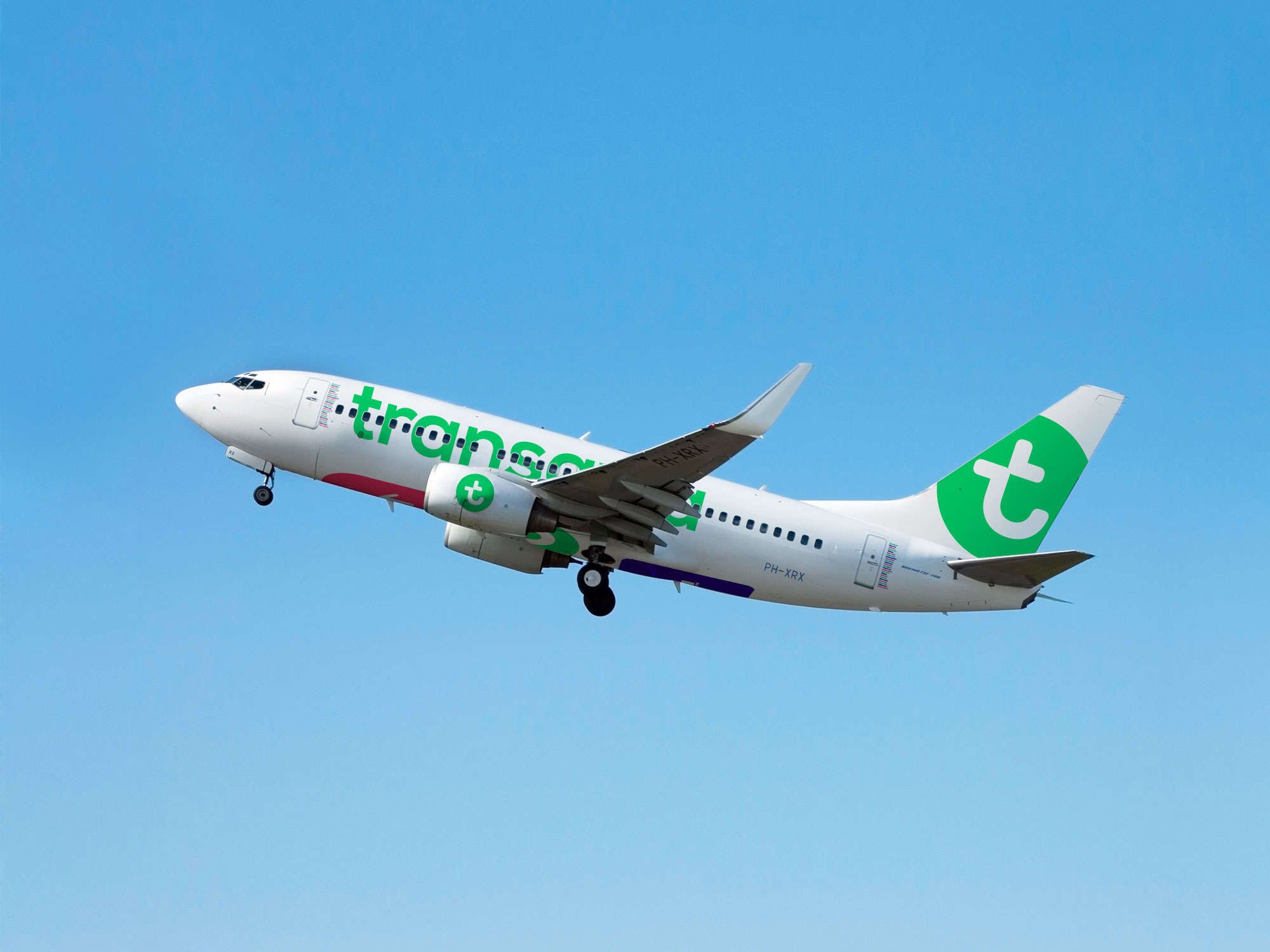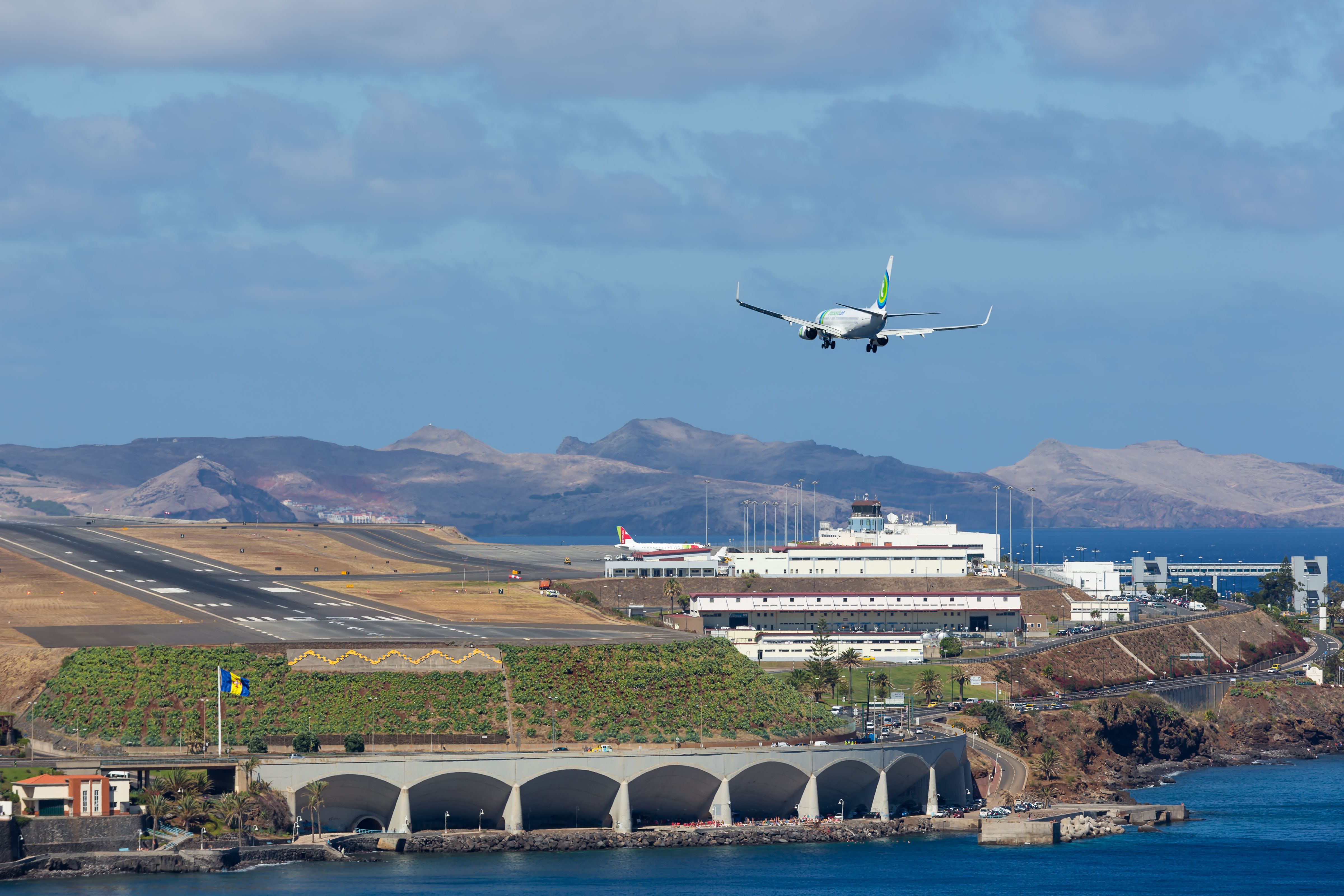Summary
- Transavia, the second-largest airline in the Netherlands, started as a small charter operation in 1965 and has grown to serve over 110 destinations in nearly 30 countries under the ownership of KLM.
- The rise of low-cost carriers has challenged legacy carriers, leading to a shift in the aviation landscape. Full-service carriers have adjusted their offerings or established low-cost subsidiaries to remain competitive.
- Transavia has evolved its fleet, transitioning from Sud Caravelle aircraft to a primarily Boeing 737 fleet.
Started by an American with three DC-6s in 1965, low-cost-carrier Transavia has become the second-largest airline in the Netherlands. Now wholly owned by its parent compatriot KLM, what began as a small-scale charter operation has grown to reach over 110 destinations in nearly 30 counties. So, let's take a look at how it got there.
LCCs shifting landscape
In the past few decades, legacy carriers have been increasingly challenged by the rise of their more affordable counterparts, the low-cost carriers (LCCs). These options for the cost-conscious traveler have increasingly expanded into territory traditionally associated with full-service carriers (FSCs).
While initially focused on regional and short-haul traffic, their maneuvering onto the long-haul market has seen FSCs adapt their offerings to match LCC products. We've also seen several full-service carriers establishing their own low-cost subsidiaries to directly tap into the market and remain competitive.
While the success of the low-cost long-haul segment is subject to debate, there is no question that the rise of the LCC has severely shifted the landscape of commercial aviation. So what is a century-old classic European airline, such as KLM, to do? Acquire its own wholly-owned low-cost subsidiary branch? Of course!
Love aviation history? Discover more of our stories here
Origins and acquisition
In 1991, Transavia's major shareholder at the time, Nedlloyd, sold 80% of the airline's shares to KLM. In June 2003, the mainline carrier acquired the remaining 20%, making Transavia a full member of the largest European aviation group in Air France-KLM. However, the history of the LCC goes back much further than that.
In 1965, two Americans had the idea to launch a charter airline in the Netherlands. Another operator, Martinair, also founded by an American and which exists as a cargo carrier to this day, had been conducting business in the country quite successfully since 1958.
Chalmers Goodlin and Captain Peter Holmes decided to enlist a former member of the Martinair management team. They acquired an operating license for a small dormant company based out of Maastricht. The entity was known as Transavia Limburg and had three Douglas DC-6s available.
The inaugural flight to Naples
The certification from the Dutch government came through on November 14, 1966, and two days later, Peter Holmes captained the airline's inaugural flight from Amsterdam to Naples and back again. The carrier was now known as Transavia Holland, and on board its first flight was the Dutch Ballet Orchestra and the Dutch Dance Theater.
Today, Transavia has seven home bases in the Netherlands and France. Its head office is in the TransPort Building in the Amsterdam Airport Schiphol (AMS) premises. It serves nearly 90 destinations in over 25 countries on 145 routes in Europe, the Middle East, and Africa. So, what did the road and fleet look like between then and now?
From Sud Caravelle to Boeing 737s
In the summer of 1969, the first of fourteen second-hand Sud Caravelle aircraft joined the carrier's small DC-6 fleet. The French-made twinjet remained in the airline's service until the late 1970s when the carrier transitioned to a Boeing 737-dominated fleet.
Transavia's first 737-200 arrived in September 1974. The leased aircraft was named after another pioneer in aviation (albeit a different branch), Neil Armstrong. However, it remained with the airline for less than a year and exited the fleet in May 1975. Over the years, Transavia has operated a total of 214 737s, including the -200, -300, -400, -700, and -800 variants.
Today, it has four 737-700s with an average age of 20.4 years and 40 737-800s, averaging thirteen years between them. The carrier has also operated the Boeing 757 and a few Airbus A300s, A310s, A320s, and A321s. Since the turn of the century, Transavia's fleet peaked in 2017 when it operated 38 737-800s and eight 737-300s.
First in two significant markets
Ten years after its inauguration, Transavia held 40% of the Dutch leisure holiday market, making it Martinair's main competitor. In 1986, the company was renamed from Transavia Holland to Transavia Airlines. It began operating its first scheduled service between Amsterdam Schiphol and London Gatwick on October 26, 1986, as the first airline to utilize an open skies agreement between the Netherlands and the UK.
When Greek aviation law changed in 1998 to allow foreign carriers to operate domestic services in the country, Transavia was also the first airline out of the gate onto that market. While it continues to fly to Athens, the carrier serves 12 other Greek destinations, including Thessaloniki, Rhodes, and Corfu.
Wholly-owned by 2003
As previously stated, by the dawn of the 21st century, Transavia had already been acquired 80% by KLM. By 2003, the parent carrier scooped up the remaining 20%, just in time to see Transavia become a wholly-owned subsidiary of the Air France-KLM group when the two merged a year later. However, it should be noted that Transavia still runs as an independent operation. Transavia has three home bases in the Netherlands: Amsterdam Schiphol, Rotterdam-the Hague, and Eindhoven.
Transavia Airlines also owns 40% of Transavia France, founded in November 2006 and began operations in May 2007. The French branch of the LCC operates out of Paris-Orly (ORY), Lyon-Saint Exupéry (LYS), Nantes Atlantique (NTE), and Montpellier Mediterranee (MPL) airports.
From these hubs, it serves nearly 130 destinations in 34 countries. Transavia France currently operates 72 Boeing 737-800s with an average age of 10.2 years. The last 737 to join the carrier's fleet was F-HUYR, which was delivered in February 2023. Over the years, it has also operated some A319s, A320s, and A321s.
For a brief moment, there was a third branch on the green and white Transavia tree. In November 2008, Transavia Denmark commenced operations, based out of Copenhagen Airport (CPH). Like its siblings, it operated charter and scheduled services to leisure destinations. However, it failed to live up to expectations and ceased operations in April 2011. At the time of closure, it only served two destinations with a fleet of three aircraft.
Positive outlook
In November 2017, Transavia unveiled a special Peter Pan-themed aircraft. The livery was created to celebrate the airline's 50th anniversary and commemorate the Peter Pan holiday club. Set up in 1996 by Transavia staff, the club organizes trips for young people between 13 and 20 years of age who are unable to go on holiday independently due to impairments or chronic illnesses.
Transavia's current CEO, Marcel de Nooijer, was appointed in January 2020, succeeding Mattjis ten Brink. Marcel's first few years on the job have been nothing short of fascinating as the carrier went through a tough time during the COVID-19 pandemic. In 2020, Transavia reported losses of around $134 million and around $37 million.
The Air-France-KLM Group has seen a significant recovery from the pandemic, with a strong performance in Q2 2023. In July 2023, group capacity was 92% of 2019 levels, with an average load factor of 88%. For Transavia, demand in leisure traffic has continued to grow, with the number of passengers increasing by 12.8% compared to 2022. It expects positive trends and continued growth for the rest of the year.
Have you ever flown on Transavia throughout its 58 years of operations? Please let us know in the comment section.

